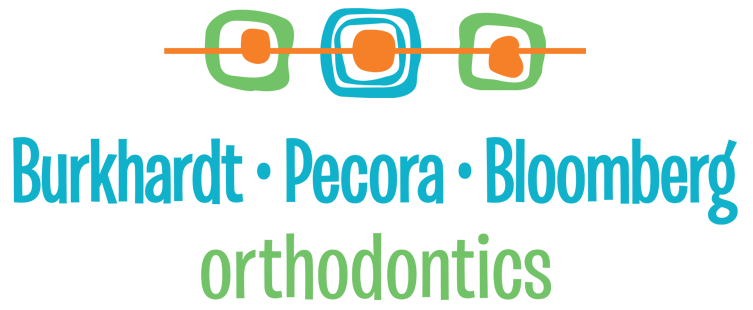Why Braces?
Problems to Watch for in Growing Children

Crossbite of Front Teeth
Top teeth are behind bottom teeth

Crossbite of Back Teeth
Top teeth are to the inside of bottom teeth

Crowding

Open Bite
Front teeth do not meet when back teeth are closed

Protrusion

Deep Bite

Underbite
The lower teeth sit in front of upper teeth when back teeth are closed

Spacing

Oral Habits
Sucking on thumb, fingers
Malocclusions (“bad bites”), like those illustrated above, may benefit from early diagnosis and referral to an orthodontic specialist for a full evaluation.
In addition, if you notice any of the following in your child, check with your orthodontist:
- Early or late loss of baby teeth
- Difficulty in chewing or biting
- Mouth breathing
- Jaws that shift or make sounds
- Speech difficulties
- Biting the cheek or the roof of the mouth
- Facial imbalance
- Grinding or clenching of the teeth
Final treatment decisions should be made among the parent, child’s dentist and orthodontist.
The Right Time for an Orthodontic Check-Up: No Later than Age 7
The American Association of Orthodontists recommends all children get a check-up with an orthodontic specialist no later than age 7.
Here’s Why
If your child is older than 7, it’s certainly not too late for a check-up.
Because patients differ in both physiological development and treatment needs, the orthodontist’s goal is to provide each patient with the most appropriate treatment at the most appropriate time.
